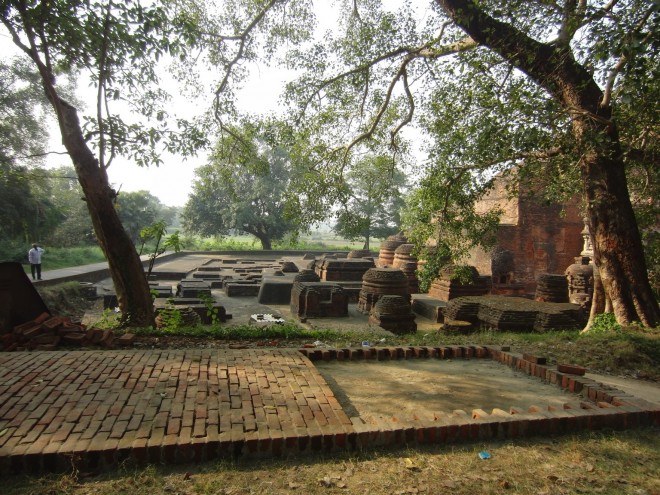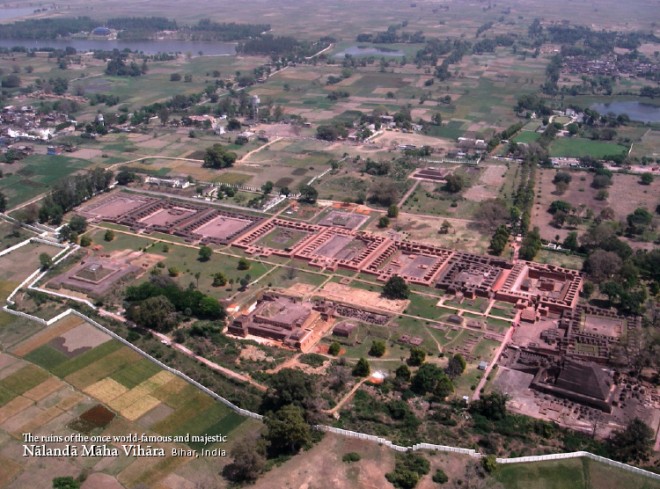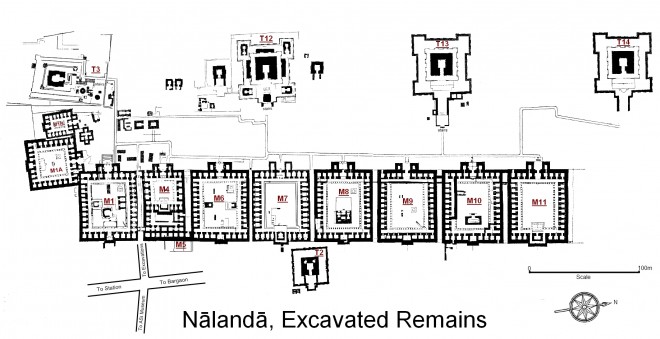Nālandā – the World’s first University
Nālandā – the World’s first University
The ruins of the majestic ‘Nālandā Māha Vihāra’ stands proudly in the State of Bihar, India. Even in its present derelict condition, the large foundations and thick walls of its structures still inspire awe in the thousands of people who visit it annually.
‘Nālandā’ was incredibly famous 1,500 years ago, during the Gupta and Pala Dynasties in India (and the contemporaneous Tang Dynasty in China). It was the first ‘university’ in the world – preceding those of Bologna, Paris and Oxford by far. It was estimated to encompass an area of almost 400 hectares.
The massive temples of Nālandā Māha Vihāra once housed more than 10,000 exemplary Buddhist scholar-monks from all over Asia – including those from as far as China (such as Ven. Xuan Zang), Korea, Japan, Sri Lanka, and Southeast Asia.

Many commemorative stupas were constructed over the centuries near the imposing Sariputta Stupa at the heart of Nalanda Mahavihara.
The three libraries of Nālandā Māha Vihāra reputedly contained huge collections of Buddhist scriptures in many languages, carved on wooden and bamboo plates. Unfortunately, those great treasures of knowledge, together with the university itself, was vandalized and totally destroyed by foreign invaders in the 11th century. Thus, today’s visitors see only the remains of the once glorious ‘Nālandā’.
In retrospect, it was truly fitting to have built the world’s first university there, as Nālandā was the place where the Venerable Arahant Sariputta – the foremost in wisdom among Buddha’s disciples – was born and raised.



